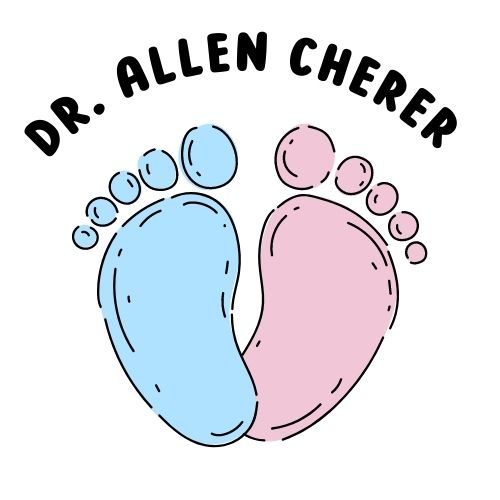Childhood undernutrition is a major global health problem and severe acute malnutrition remains a major cause of childhood mortality. It is estimated that 19 million preschool age children, mostly from the World Health Organization African and South-East Asia Regions, suffer from severe acute malnutrition, contributing to major childhood morbidity, mortality, intellectual impairment, and disease susceptibility.
Of the 7.6 million deaths annually among children who are under 5 years of age, approximately 35% are nutrition related and 4.4% of deaths are specifically attributable to severe wasting. Children with severe acute malnutrition suffer severe wasting that may (kwashiorkor) or may not (marasmus) be accompanied by swelling of the body from fluid retention. It occurs when infants and children do not have adequate energy, protein, and micronutrients in their diet, and at times is combined with recurrent infections.
Diagnostically, it is defined as a mid-upper arm circumference less than 115 mm or a weight for height that is severely reduced. There is strong epidemiological evidence that low weight-for-height, weight-for-length, or mid-upper arm circumference are highly associated with a 5-20 fold increased risk of mortality.
For decades, the primary management for severe acute malnutrition comprised inpatient rehabilitation with fortified milk formulas. Management guidelines then transitioned to incorporate the use of ready-to-use therapeutic food (RUTF), usually a fortified spread of peanut paste, milk powder, oil, sugar, and a micronutrient supplement, in outpatient settings in those cases of severe acute malnutrition where appetite was preserved and there were no evident complicating medical clinical signs.
Nevertheless, a significant number of children failed to recover. Since many studies had demonstrated a high percentage of clinically significant infections among children with severe malnutrition, treatment guidelines recommending the use of routine antibiotics were developed. In 2013, a double-blind, randomized, placebo-controlled clinical trial in rural Malawi conducted by Trehan and colleagues was reported in the New England Journal of Medicine.
The study found that the routine addition of a seven day course of amoxicillin or cefdinir to the outpatient management of severe acute malnutrition was associated with marked improvement in recovery and mortality rates and significant increases in weight and mid-upper arm circumferences.
Subsequently, the 2013 WHO guidelines (previously updated in 1999) for treatment of children with severe acute malnutrition without health complications requiring hospitalization called for high energy food and routine antibiotics. The new guidelines were considered superior to previous ones in that they reflected new opportunities and technologies in caring for greater numbers of children in the outpatient setting. In addition, the guidelines specifically addressed children with severe acute malnutrition who were less than 6 months of age or were infected with HIV.
Most recently, a study from the Harvard T. H. Chan School of Public Health and published in the New England Journal of Medicine in 2016 calls into question the routine use of antibiotics in the management of severe acute malnutrition. The double-blind, randomized trial of amoxicillin vs. placebo in a population of children in Niger between October 2012 and November 2013 demonstrated no superiority in terms of recovery rate among children treated with amoxicillin and no differences in overall mortality.
The implication is that in an era of increasing antibiotic resistance, routine antibiotic administration may pose a greater risk to child health. Nevertheless, the study did demonstrate on secondary analysis a faster rate of recovery (28 days vs 30 days) among children treated with amoxicillin, decreased risk of death in children over 24 months of age, and decreased risk of transfer for clinical complications.
Since the study population too was not comparable to that of Trehan and colleagues in Malawi and the level of ancillary care and follow up was not the same, further studies are indicated prior to recommending a change in current treatment guidelines. For more information regarding these studies, please visit this link.
